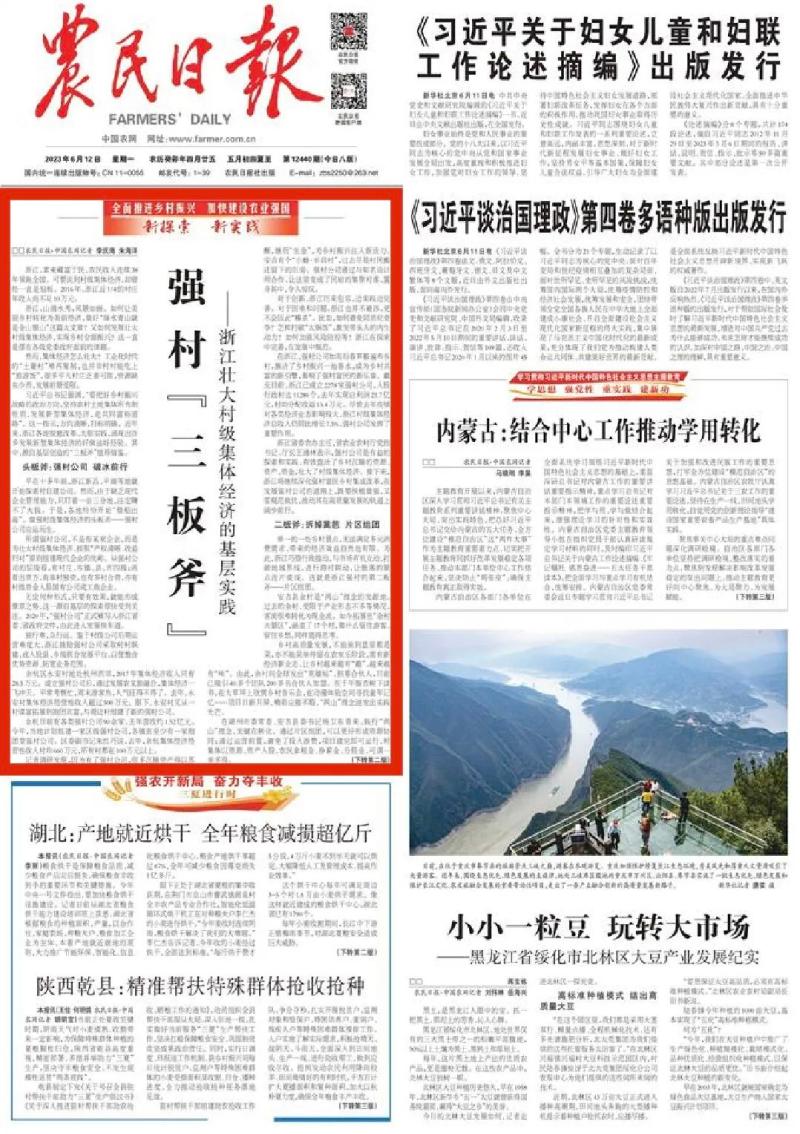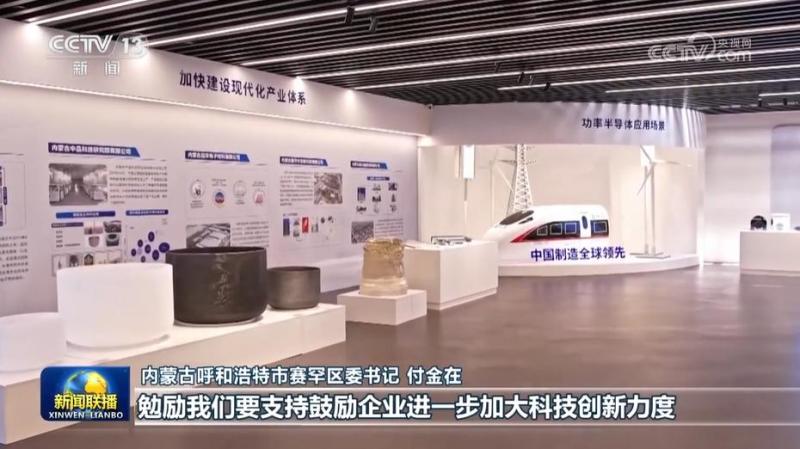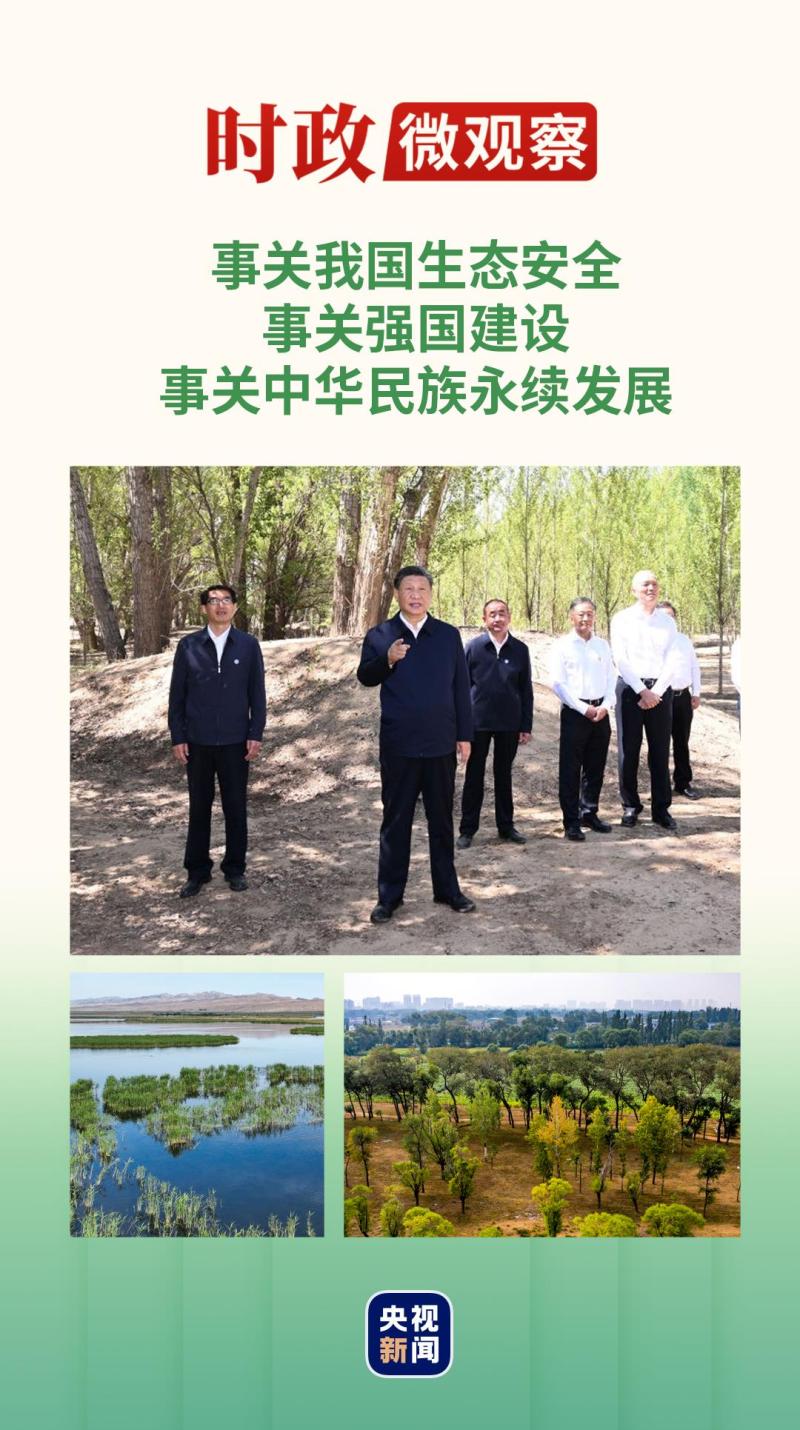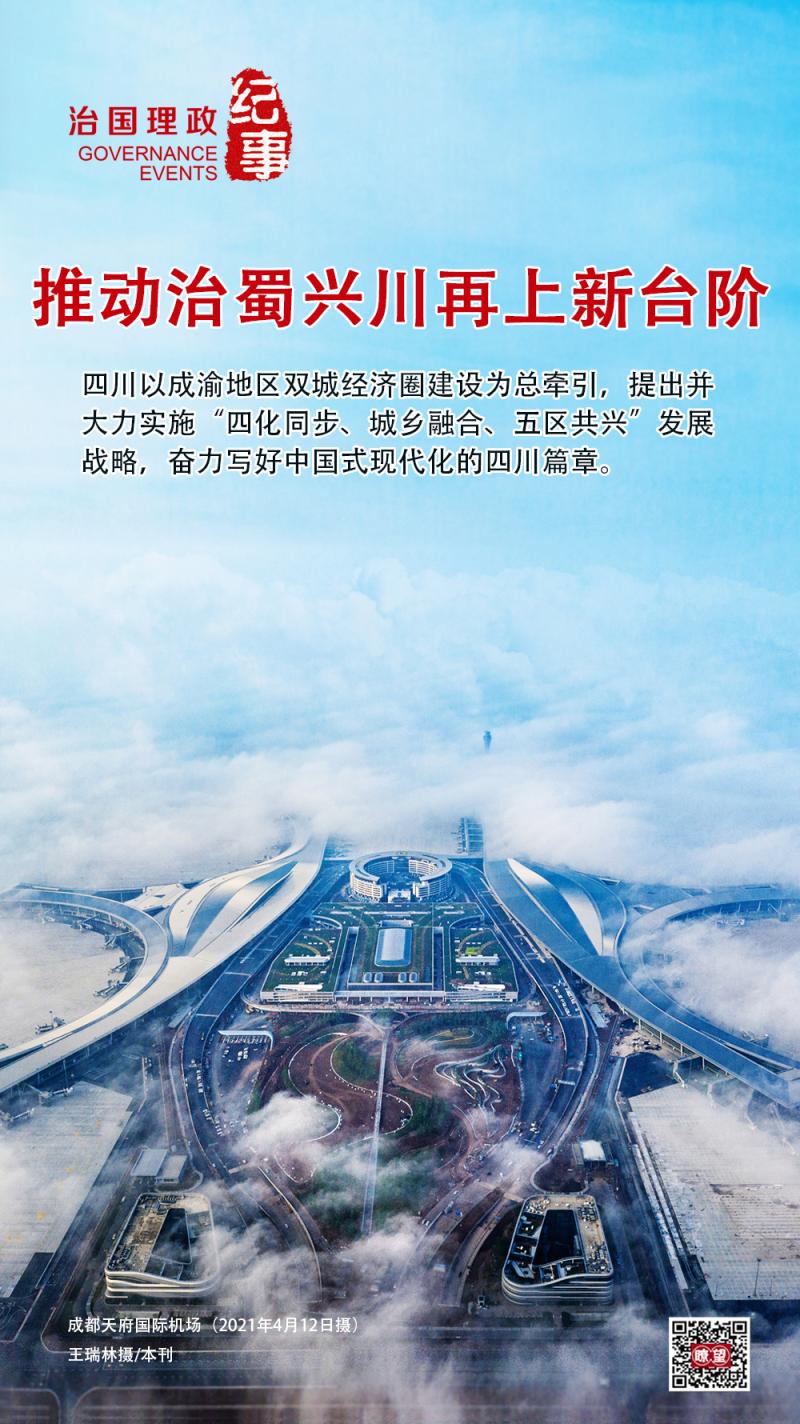Focus on flood control and drought relief | What are the characteristics of this year's flood situation? How will the flood situation evolve in July? ——A perspective on the flood situation in northern and southern my country
Beijing, June 28 (Xinhua) -- What are the characteristics of this year's flood situation? How will the flood situation evolve in July? -- A perspective on the flood situation in northern and southern my country
At 14:00 on the 28th, the Yangtze River experienced the first flood of 2024, and the water levels in Poyang Lake, Dongting Lake and main stream rose rapidly.
At 15:10 on the 27th, the 2024 No. 3 flood occurred in the Xijiang River. This is the 10th numbered flood in the Pearl River Basin this year.
What is the overall situation of floods in my country since the beginning of the flood season? What is the forecast for the floods in July? The reporter conducted an interview on this issue on the 28th.
Floods above warning level occurred in 538 rivers across the country
At 14:00 on the 28th, the water level at the Jiujiang hydrological station rose to the warning level, and the Yangtze River experienced the first flood of the year. This is also the 11th numbered flood that has occurred in major rivers across the country since the beginning of the flood season.
According to statistics from the Ministry of Water Resources, since the beginning of the flood season, a total of 538 rivers in 21 provinces including Guangdong, Guangxi, Jiangxi, Hunan, Fujian, Heilongjiang and Xinjiang have experienced floods above the warning level.
At present, 60 rivers in 13 provinces including Guangxi, Hunan, Jiangxi, Zhejiang, and Heilongjiang are still above the warning level, and the water levels at 28 stations in the Dongting Lake area, Poyang Lake area, and river network areas around Taihu Lake are above the warning level.
Among them, the persistence, extremeness and disastrous nature of heavy rainfall in the middle and lower reaches of the Yangtze River and parts of the south of the Yangtze River were highlighted.
The Ministry of Water Resources and the China Meteorological Administration jointly issued a red meteorological warning for flash flood disasters at 18:00 on the 28th. It is expected that from 20:00 on the 28th to 20:00 on the 29th, there is a high possibility of flash flood disasters in parts of western Anhui, eastern Hubei, western Hunan, southern Chongqing, northeastern Guizhou and other places. Among them, there is a high possibility of local flash flood disasters in western Anhui and eastern Hubei. Real-time monitoring, flood prevention and warning, evacuation and other prevention work must be carried out.
Floods in major rivers occurred early, and floods in small and medium rivers occurred frequently and repeatedly
A relevant person in charge of the Department of Flood and Drought Disaster Prevention of the Ministry of Water Resources said that one of the characteristics of this year's flood situation is that the flood situation of major rivers is abnormally early. In April, six numbered floods occurred in major rivers across the country, more than two months earlier than the average of previous years. Among them, the No. 1 and No. 2 floods in the Beijiang River in the Pearl River Basin were the earliest numbered floods and major floods in major rivers across the country since statistical data were available in 1998.
Of the 11 numbered floods that occurred this year, 10 occurred in the Pearl River Basin, including 3 in the Xijiang River, 2 in the Beijiang River, 1 in the Dongjiang River, and 4 in the Hanjiang River. This is the highest number since numbered flood statistics began in 1998.
Another feature of this year's flood situation is the frequent and repeated floods in small and medium-sized rivers. Since the beginning of this year, a total of 538 rivers in 21 provinces including Guangdong, Guangxi, Jiangxi, Hunan, Fujian, Zhejiang, Anhui, Heilongjiang and Xinjiang have experienced floods above the warning level, 1.1 times more than the same period in previous years, and most of them are small and medium-sized rivers.
Regarding the causes of the flood in the south, the relevant department head of the Ministry of Water Resources said that under the background of global warming, affected by the lag of the El Nino event, the subtropical high pressure was abnormally strong and westward. From April to early June, the subtropical high pressure was stable in southern China. The continuous transport of warm and humid air currents and the southward movement of cold air caused continuous heavy rainfall in the Pearl River Basin of my country. Since June 17, the subtropical high pressure has moved northward to the middle and lower reaches of the Yangtze River, and has been stable and less active. The cold and warm air have met near the Yangtze River, resulting in continuous heavy rainfall in the Yangtze River Basin.
In the Pearl River Basin, the peak of the Xijiang flood No. 3 continues to move downstream. According to the meteorological department's forecast, the Xijiang River Basin will usher in a new round of heavy rainfall from June 29, and the flood control situation in the basin remains complex and severe.
A relevant person in charge of the Pearl River Conservancy Commission said that heavy rains have occurred frequently in the Pearl River basin recently, and the rainfall areas are highly overlapping. The bottom water of some rivers is high, the soil is saturated with water, and runoff and convergence are accelerated. The risk of mountain torrents and geological disasters is relatively high. The Pearl River Commission will refine various measures to prevent and control floods with all its strength.
In the middle and lower reaches of the Yangtze River, the Yangtze River Conservancy Commission predicts that the water level of the main stream of the middle and lower reaches of the Yangtze River will continue to rise in the next week. The river sections below Chenglingji, the Dongting Lake area, and the Poyang Lake area will face a situation of exceeding the warning level along the entire line. The maximum exceeding warning level in the Jiujiang section will be about 1.0 meter.
At 17:00 on the 28th, the Jiujiang Water Conservancy Bureau upgraded the flood defense level IV emergency response to level III, further strengthening defense work such as embankment inspection and defense, reservoir safety during the flood season, and flash flood disaster warning.
"The Jiujiang Water Conservancy Bureau has actively carried out the dispatch of water conservancy projects. Since June 22, Jiujiang's small and medium-sized reservoirs have freed up more than 130 million cubic meters of storage capacity in advance, laying a solid foundation for meeting and reducing the peak of floods in the later period." Ye Lingzhi, director of the Jiujiang Water Conservancy Bureau, said that since June, the total flood storage capacity of Jiujiang's 14 large and medium-sized reservoirs with flood control functions has exceeded 970 million cubic meters, giving full play to the flood control and disaster reduction benefits of the reservoirs.
In the northeast, the Ministry of Water Resources issued a flood situation report on the 28th. Due to the recent rainfall, 17 rivers in Heilongjiang Province, including the Wusuli River from Hutou to Dong'an Zhenjiang and its tributaries Muling River and Naoli River, and the Songhua River tributaries Ant River and Woken River, exceeded the warning level, and the Wusuli River from Hutou to Raohe River exceeded the protection level. It is predicted that the Wusuli River will exceed the warning level in early July, and the upper and middle reaches of the main stream will remain above the protection level.
What is the national flood situation expected in July? The Ministry of Water Resources predicts that in July, the middle and lower reaches of the Yangtze River, the middle and lower reaches of the Yellow River, the Huaihe River, the Yihe River and the Shuhe River, the Zhangwei River in the Haihe River Basin, and the Songhua River may experience floods above the warning level.
A relevant official from the Ministry of Water Resources said that the water resources department will continue to closely monitor the development of rainfall and flood conditions, issue warnings in a timely manner, scientifically dispatch water conservancy projects, and do a good job in embankment inspection and defense, reservoir safety during the flood season, and prevention of floods in small and medium rivers and mountain torrents.





